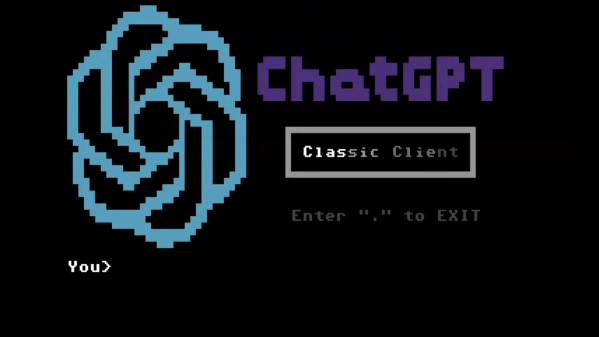The world of AI is abuzz, or at least parts of it are, at the news of Meta’s release of Llama 2. This is an AI text model which is thought to surpass ChatGPT in capabilities, and which the social media turned VR turned own all your things company wants you to know is open to all. That’s right, the code is open source and you can download the model, and Meta want you to feel warm and fuzzy about it. Unfortunately all is not as it seems, because of course the model isn’t open-source and is subject to a licensing restriction which makes it definitely not free of charge for larger users. This is of course disappointing to anyone hoping for an AI chatbot without restrictions, but we’re guessing Meta would prefer not to inadvertently enable a competitor.
Happily for the open source user large or small who isn’t afraid of a little work there’s an alternative in the form of OpenLLaMA, but we understand that won’t be for all users. Whichever LLM you use though, please don’t make the mistake of imagining that it possesses actual intelligence.
Thanks to the CoupledAI team for the tip!


![Closeup of an Apple ][ terminal program. The background is blue and the text white. The prompt says, "how are you today?" and the ChatGPT response says, "As an AI language model, I don't have feelings, but I am functioning optimally. Thank you for asking. How may I assist you?"](https://hackaday.com/wp-content/uploads/2023/06/Screenshot-2023-06-12-at-5.09.17-PM.png?w=600&h=450)














